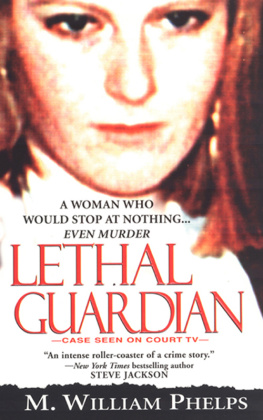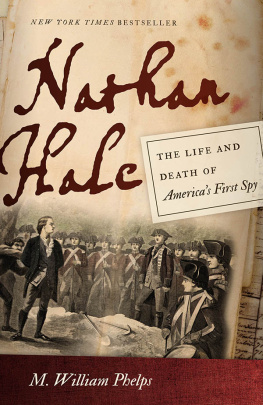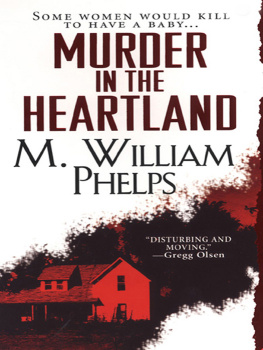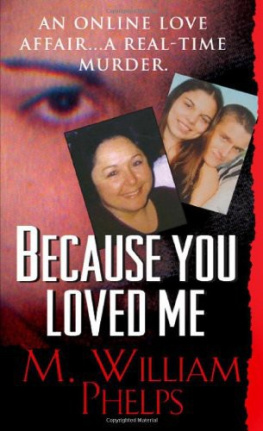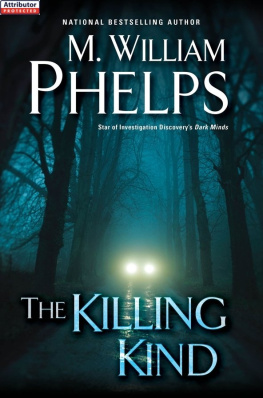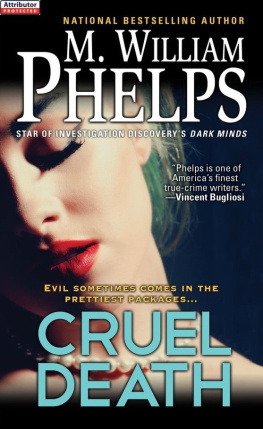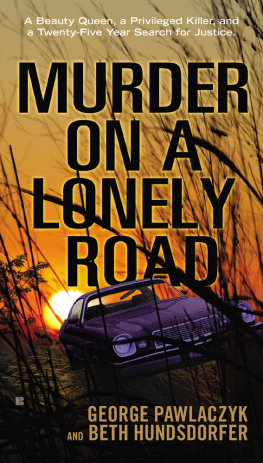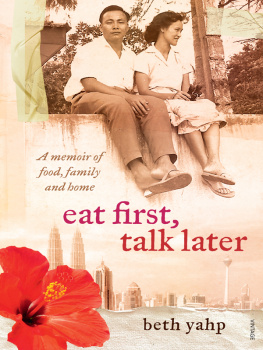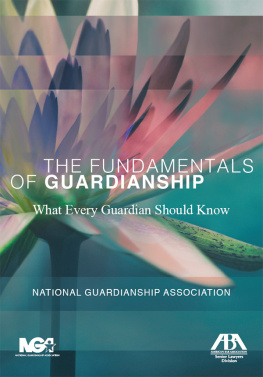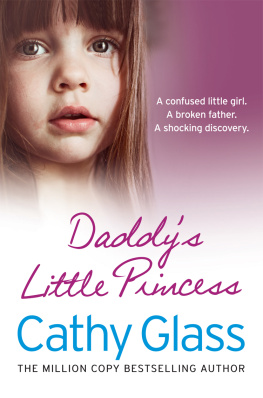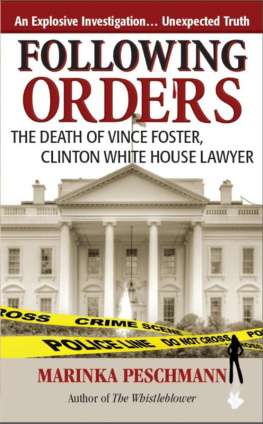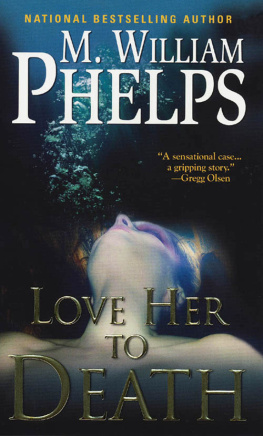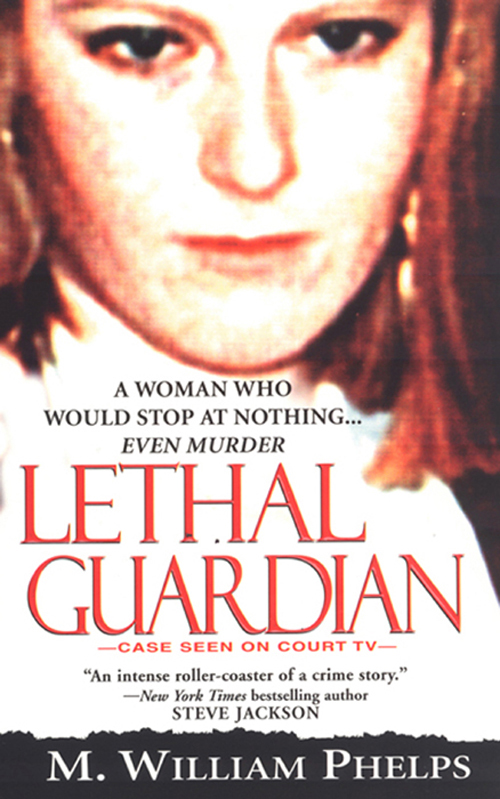SHOT IN COLD BLOOD
The first shot struck Buzz Clintons right ear. The next two bullets hit him in the shoulder blade and the armpit. The fourth bullet hit him in the back of the neck and exited out of his tongue. When the bullet pierced his spinal column and cord, it dropped him to the ground almost instantly. As he fell, his body turned, exposing his right side, allowing the next bulletthe fatal bulletto enter his chest, ricochet off his rib cage, pierce his lungs, aorta and heart. With the amount of internal bleeding that occurred at this point, and Buzzs lungs, aorta and heart all punctured, he had likely drowned in his own blood. Even though this all took place in a matter of seconds, he likely felt a great deal of pain as he died and, most certainly, knew what was happening to him.
It was possible he lived between five and six minutes.
LETHAL GUARDIAN
M. W ILLIAM P HELPS

PINNACLE BOOKS
Kensington Publishing Corp.
http://www.kensingtonbooks.com
For Tommy Louis
The world is what it is; men who are nothing,
who allow themselves to become nothing,
have no place in it.
V. S. Naipaul, A Bend in the River
Day by day with love.
Anson Buzz Clinton
TABLE OF CONTENTS
Part One
Hit and Run
Part Two
Buzz
Part Three
For the Sake of a Child
Part Four
The Job
Part Five
Circes Path
BOOK YOUR PLACE ON OUR WEBSITE AND MAKE THE READING CONNECTION!
Weve created a customized website just for our very special readers, where you can get the inside scoop on everything thats going on with Zebra, Pinnacle and Kensington books.
When you come online, youll have the exciting opportunity to:
- View covers of upcoming books
- Read sample chapters
- Learn about our future publishing schedule (listed by publication month and author )
- Find out when your favorite authors will be visiting a city near you
- Search for and order backlist books from our online catalog
- Check out author bios and background information
- Send e-mail to your favorite authors
- Meet the Kensington staff online
- Join us in weekly chats with authors, readers and other guests
- Get writing guidelines
- AND MUCH MORE!
Visit our website at
http://www.kensingtonbooks.com
Authors Note
All of the people, places and events in this book are real. Over the course of about sixteen months of research and writing, which included dozens of interviews with many of the key players involved in the case, I established a comprehensive understanding of the facts and events herein and wrote about them. Some sources have chosen to remain anonymous, and I have honored that request by either changing their names (the first time any name in the book appears in italics means that I have either chosen myself to change the name or that person has requested it) or keeping it out of the narrative altogether. Over the course of my research, I uncovered many new and exclusive pieces of the story that have never been reported. It is through that underlying presence of the truth that this entire case can, for the first time, be exposed to the public. Courageous individuals chose to come forward and help me find the truth, and I am forever indebted to them.
The information and the dialogue in this book are based on trial testimony, court records, interviews with key sources, hundreds of pages of police reports, interviews conducted by the police, search warrants, arrest warrants, international documents, hundreds of pages of reports by the Department of Child and Youth Services in the state of Connecticut, diaries, letters, cards, affidavits and other items I uncovered while doing research. I carefully reconstructed the events in this book through the study of all these documents and interviews. All dialogue is actual speech to the best of the recollection of those involved. To keep the narrative flowing, in some instances dialogue was reconstructed using interviews, court records, trial transcripts and a cautious and tedious study of the rather extensive list of documents made available to me.
Furthermore, every person involved in the story I tell in this book had a chancesome had multiple chancesto talk to me. Some did, some didnt. When someone chose not to talk to me, I simply backed up whatever part of his story I was writing about with other key sources: police reports, court transcripts, other documents and interviews.
I encourage anyone with the guts and the courage to learn and accept the truth to take an objective look at this caseand as you read this book, I urge you to purge your mind of what youve heard, read or think you know about this case. For the first time, it is all here. Remember, I made up nothing in this book. All of itfrom the thoughts of people to the dialogue to the trial testimony to the scores of interviews I conducted over the course of about a year and a halfis based on factual evidence uncovered during the investigation process of my research.
History cannot be rewritten.
Please visit my Web site at www.mwilliamphelps.com for more information.
Hit and Run
Chapter 1
Early in the evening on March 10, 1994, Christine Roy indicated to her husband, Steven, that she was in the mood to go shopping. Christines sister was getting married in a few months, and it was time, she insisted, they found her a gift.
Weve been putting it off long enough, Steven.
For seven years, the Roys had lived an unpretentious life in Uncasville, Connecticut, a postage-stamp-size rural community just north of New London. Today, Uncasville is the site of the Mohegan Sun, one of Connecticuts two casinos.
Already eight years into a successful career as an architect, Christine was comfortable with her life in suburbia: good job, nice home, loving husband, healthy child.
What more did she need?
At about 7:00 P.M ., Christine and Steven loaded their three-year-old son, Brendan, into their car, and took off for the Bridal Mall, located in a small shopping center on the East LymeNiantic border, about a half hours drive from Uncasville.
It was supposed to be just another casual trip to the mall.
Connecticut would suffer record snowfall amounts by the time the 1993 to 1994 winter was overa total of eighty-three inches, the largest since record keeping had begun in the state back in 1905. Still, it wasnt snowfall amounts that had Connecticut residents on edge in 1994. The Victorian-like countryside and postcard ambiance of one of New Englands crown jewels had been riddled with crime throughout the past twelve months. By years end, there would be more than 214 murders, the most Connecticut had seen in the last thirty-five years. Seven out of every one hundred thousand residents would be murdered in some violent manner: shot, stabbed, run over, strangled, beaten, clubbed. People were talking about it all over the state: at the post office, general store, boat launches, PTA meetings, town council. Everywhere.
Murder and death.
It wasnt just happening in the more populated cities, like Hartford, New Haven or Bridgeport. The smaller townsOld Lyme, Old Saybrook, Waterford, Uncasville, Essex, Deep River, Ledyardhad all been touched in one way or another by murder.
These were quiet coastal towns. People left their doors unlocked overnight and wide open during hot and humid summer evenings. Neighbors borrowed sugar and eggs from one another. Murder rates this high were expected to the south, in New York and New Jersey.

